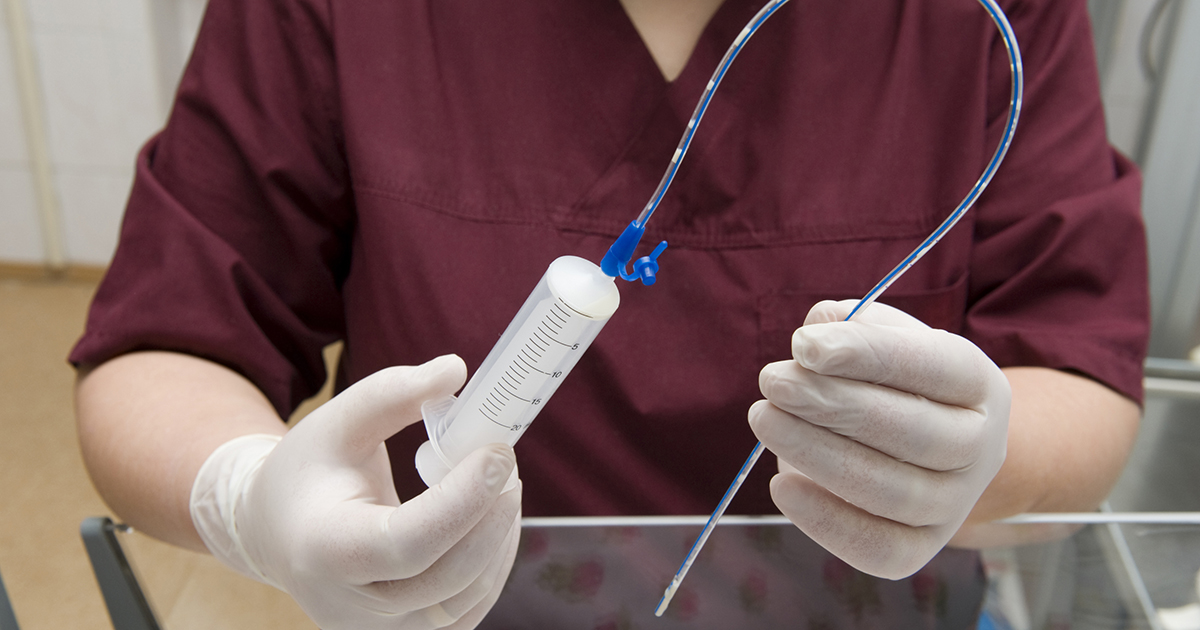How To Treat Progressive Bulbar Palsy
Progressive bulbar palsy is a considered a form of amyotrophic lateral sclerosis (ALS). The condition involves the brain stem, which is the area responsible for chewing, swallowing, and speaking, among other functions. There are various causes of progressive bulbar palsy. Botulism, a toxic chemical, can cause paralysis if it reaches the digestive tract. Malignant inflammatory diseases can also lead to the condition. Genetics may also play a role. Progressive bulbar palsy is difficult to diagnose, as no single procedure or test can offer a definitive diagnosis. There is, unfortunately, no cure for progressive bulbar palsy, but doctors do have several options for treating symptoms. Prominent symptoms include difficulty with speaking and swallowing, a weak jaw and facial muscles, emotional lability, progressive loss of speech, and a weakened tongue. Get to know some of the treatment options available for progressive bulbar palsy now.
Feeding Tubes

Progressive bulbar palsy shares many commonalities with ALS, and many patients afflicted with one condition develop the other. One of the more problematic symptoms of these conditions is dysphagia, also known as difficulty swallowing. As dysphagia progresses, the patient can lose a dangerous amount of weight, which can then lead to further health complications, such as muscle degradation.
Feeding tubes are a way to combat difficulties with eating. They allow patients to ingest necessary nutrients they cannot adequately obtain otherwise. Utilizing feeding tubes involves making a small hole in the abdomen, through which a tube is run into the stomach. Because of the inherent risks involved in such a procedure, this treatment method is reserved for patients losing a lot of weight due to the inability to eat.
Keep reading to learn about the next treatment method for progressive bulbar palsy.